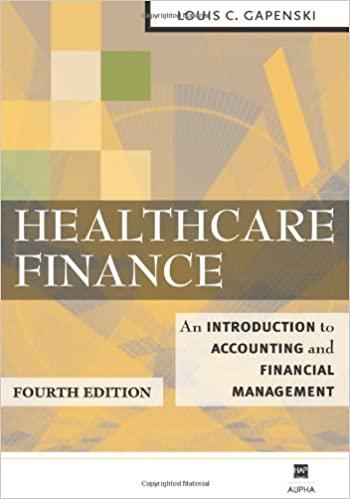
II (Q1-4 10 points; Q5 15 points) Energy prices and capital formation: United States, 1948 1978. To test the hypothesis that a rise in the price of energy relative to output leads to a decline in the productivity of existing capital and labor resources, John A. Tatom estimated the following production function for the United States for the quarterly period 1948I to 1978II: In = 1.5492 +0.7135 In - 0.1081 In (16.33) (21.69) +0.0045t (15.86) (-6.42) R2 = 0.98 Where y = real output in the private business sector k= a measure of the flow of capital services h = person hours in the private business sector The numbers in parentheses are t statistics. Pe=producer price index for fuel and related products P = private business sector price deflator t=time. 1. Do the results support the author's hypothesis? 2. Between 1972 and 1977 the relative price of energy, (Pe/P), increased by 60 percent. From the estimated regression, what is the loss in productivity? 3. After allowing for the changes in (h/k) and (PelP), what has been the trend rate of growth of productivity over the sample period? 4. How would you interpret the coefficient value of 0.7135? II (Q1-4 10 points; Q5 15 points) Energy prices and capital formation: United States, 1948 1978. To test the hypothesis that a rise in the price of energy relative to output leads to a decline in the productivity of existing capital and labor resources, John A. Tatom estimated the following production function for the United States for the quarterly period 1948I to 1978II: In = 1.5492 +0.7135 In - 0.1081 In (16.33) (21.69) +0.0045t (15.86) (-6.42) R2 = 0.98 Where y = real output in the private business sector k= a measure of the flow of capital services h = person hours in the private business sector The numbers in parentheses are t statistics. Pe=producer price index for fuel and related products P = private business sector price deflator t=time. 1. Do the results support the author's hypothesis? 2. Between 1972 and 1977 the relative price of energy, (Pe/P), increased by 60 percent. From the estimated regression, what is the loss in productivity? 3. After allowing for the changes in (h/k) and (PelP), what has been the trend rate of growth of productivity over the sample period? 4. How would you interpret the coefficient value of 0.7135







